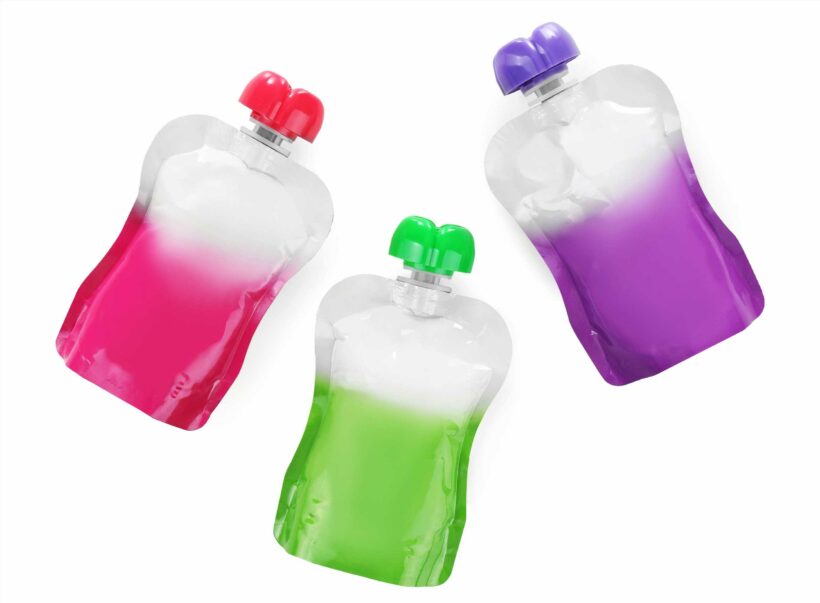PARENTS have been urged to not leave their little ones unattended with squeezy food pouches.
They are a great tool for families on the go, but one expert warned they are actually a choking hazard.
Paediatric nurse and mum Sarah Hunstead, said that you should never give the cap from the food item to your child.
Posting on the CPR Kids Instagram page she explained: "It is important that everyone is aware – no matter what type of cap your yogurt, fruit pouch, or reusable pouch has, they should never be handled by a child as they are all potential choking hazards.
"Pop them straight into the bin after opening, and if they are reusable (we love reusable pouches!), place them straight into the sink or somewhere out of reach of children, always."
She added that a mum had reached out to the page, after being told mushroom-shaped lids were not a choking hazard, which Sarah explained is incorrect.
Read more on childhood issues
I’m a first aider & here’s the life-threatening food mistakes parents make
I’m a first aider & here’s a car seat trick that could save your child’s life
The NHS says that jars and pouches of baby food can be useful when you don't have much time or you're out and about with your child.
But they state if you are going to use pouches, then you should always squeeze the contents onto a spoon.
"Do not let your baby suck straight from the pouch, as it may contribute to tooth decay", guidance states.
Sarah's warning comes after a report found that there are different types of lids used on the pouches.
Most read in Health
SEXUAL HEALING I'm a sexpert and a small penis doesn't mean bad sex – a ‘sleeve’ can help
I was told bad posture and WFH caused my back pain – the truth was much worse
The gold standard of eight hours' sleep is 'WRONG' – as experts find sweet spot
Second child death linked to hepatitis outbreak as global cases rise
These were either mushroom type lids, which were a little bit larger, or lids the same size as a toothpaste topper.
Regardless of what lid, you should make sure you child is supervised whilst consuming the product and take the lid off them before they dive in.
Choking is a life-threatening situation and it's important that you know what to look out for in children – as they cannot always convey their feelings.
If your child has swallowed something and is choking, one of the first things to look out for is if your child is clutching their chest or neck and is struggling to speak.
Look out for their face turning pale or blueish, and if they are violently coughing, this is a sign they are trying to remove whatever has become stuck.
With younger children it could be they have a high-pitched sound when breathing in.
Knowing what action to take if a child is choking could be life saving.
Experts at the Red Cross said you need to remember the five blows rule: "Hit them firmly on their back between the shoulder blades.
"Backblows create a strong vibration and pressure in the airway, which is often enough to dislodge the blockage. Dislodging the blockage will allow them to breathe again."
If the child is young then you need to put them over your lap and give up to five sharp back blows with the heel of one hand in the middle of the back between the shoulder blades.
If the five back blows don't work then you need to try five abdominal thrusts.
To successfully do this you hold the child around the waist and pull inwards and upwards above their belly button.
Read More on The Sun
Harry Styles’ girlfriend Olivia Wilde is served custody papers ON STAGE by ex
Nasa’s Mars helicopter takes eerie pic that appears to show crashed UFO
This squeezes the air out of the lungs and will hopefully dislodge the blockage.
The NHS says: "This will create an artificial cough, increasing pressure in the chest and helping to dislodge the object."
We pay for your stories!
Do you have a story for The Sun news desk?
Email us at [email protected] or call 0207 782 4104. You can WhatsApp us on 07423 720 250. We pay for videos too. Click here to upload yours
Click here to get The Sun newspaper delivered for FREE for the next six weeks.
Source: Read Full Article










